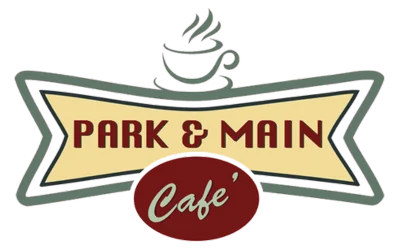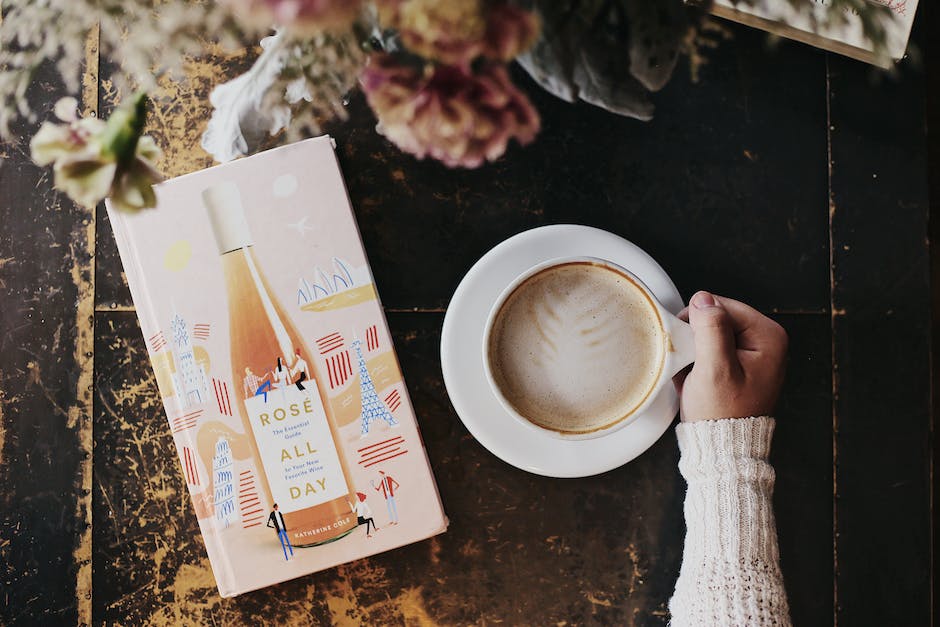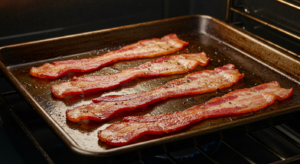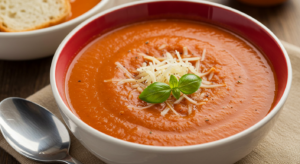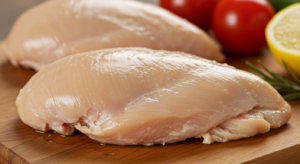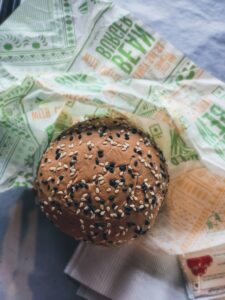The innumerable delicacies around the world often leave us wondering, what is bubble tea? Dig deep into the inexplicable love for this remarkable beverage found abundantly in tea shops globally. Let’s set out to explore the spectrum of this tea-based drink that originates from none other than Hong Kong, and how it’s flared across North America and Southeast Asia.
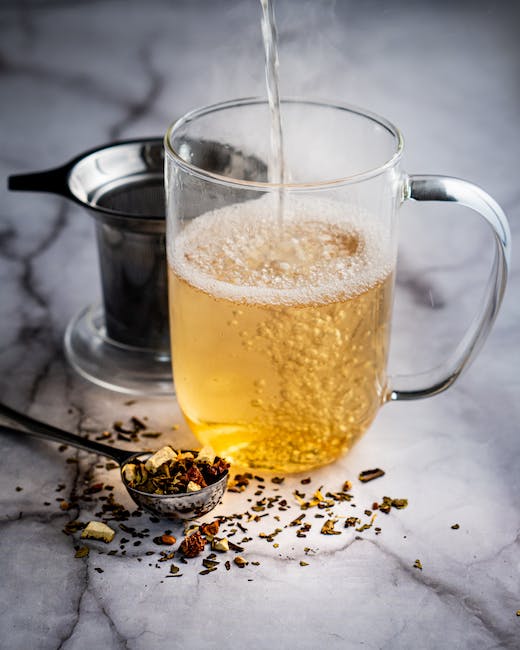
The Conception of Bubble Tea
The creation of bubble tea, also popular as boba milk tea comes with an interesting twist. A woman named Lin Hsiu Hui, in a moment of sheer inventive spontaneity, decided to drop her sweet pudding into her iced tea during a meeting. What seemed like a whimsical experiment turned out to be the birth of a phenomenon, and the world was introduced to a dynamic drink that added a unique symmetry to the existing bland world of beverages.
Her interesting amalgamation resulted in the soft and chewy tapioca pearls sinking to the bottom and a delightful whorl of flavors floating on top. This mixture was then passed through a tube-like fat straw, large enough to gulp down the pearls along with the liquid. This instant hit quickly spread from her tea shop to neighboring places and later, overseas.
Ingredients that Make It a Treat
A typical drink includes black tea and milk, enriched with an entourage of a blend of fruit juices or green tea, giving it its signature taste. The base of this tea and milk concoction could be a simple black or green tea, sweetened with brown sugar syrup, resulting in a delightful, sweet, and creamy beverage.
A unique characteristic of Bubble Tea is the addition of tapioca balls or boba pearls made from tapioca starch. These pearls, soaked in syrup, impart the drink a pleasantly sweet aftertaste with an irresistibly chewy texture. The contrast between the creamy sweet tea and the jelly-like pearls gives Bubble tea its unparalleled charm.

Bubble Tea: A Paradise of Flavors
Innovation knows no bounds in the world of Bubble Tea. Green tea and almond milk are two favorites that have become regular ingredients to experiment with. Green tea offers a more refreshing alternative to traditional black tea and has become the go-to choice for many Bubble Tea aficionados.
Almond milk, on the other hand, offers a dairy-free option, making Bubble Tea an indulgence even for those with dietary restrictions. The use of almond milk has truly revolutionized the world of Bubble Tea, encouraging experimentation and inviting a new consumer base to enjoy this delectable beverage.

Variations in Construction
Building bubble tea is akin to adding various layers of taste and texture. The bottom layer is usually occupied by the tapioca pearls that have been soaked in brown sugar syrup. This layer is followed by the tea and fruit juice blend, and finally topped with a creamy layer of milk or dairy substitute like almond milk.
The tapioca pearls are first boiled in water and then transferred to the syrup mixture. Simultaneously, tea is brewed and mixed with fruit juices or alternative flavors. Once both components are ready and cooled, they’re served together with a fat straw. This construction method ensues every sip is an explosion of distinct but beautifully blended flavors.
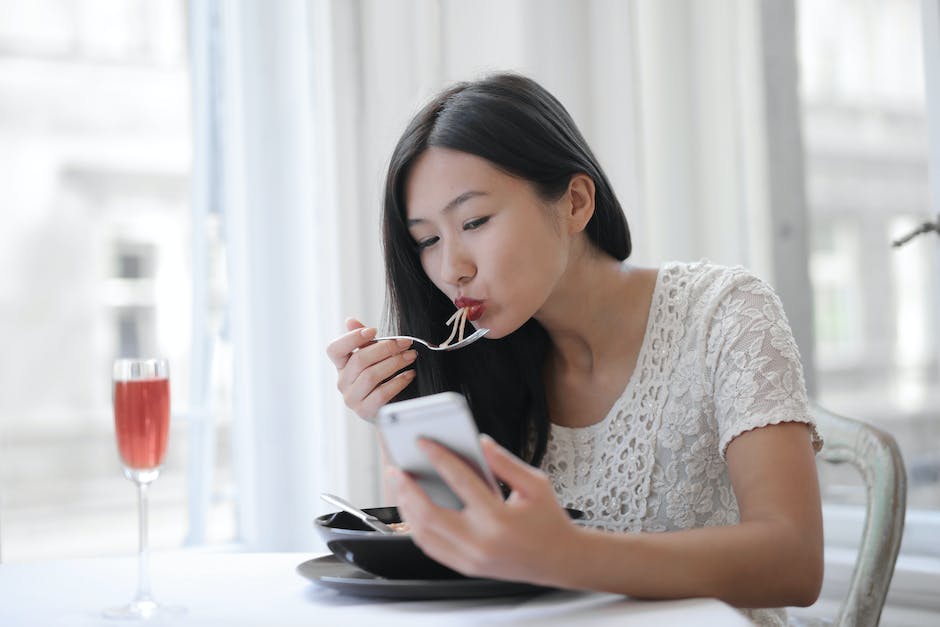
The Spread of Bubble Tea
From its humble beginnings in Hong Kong, Bubble Tea has effortlessly managed to decorate the menus of tea shops globally. Captivating North America and Southeast Asia with its fascinating taste and peculiar texture, Bubble tea has indeed become a crowd-drawer amid all age groups, recreating waves of popularity just like it initially did in Hong Kong.
The Western world readily embraced the Bubble Tea trend with open arms. Malls, street corners, and up-market cafes embellished their menus with this novel invention, introducing unique flavors and appealing presentations to entice the customers.

The Significance of the Boba Culture
The phenomenon of Bubble Tea has birthed a unique ‘boba culture’, propelling the popularity of this beverage to incredible heights. Far beyond just being a beverage, Bubble Tea has become a cultural symbol, an identifier for young drinkers worldwide, and a significant player in shaping global food trends.
The integral role of the chewy tapioca pearls, the customizability of the drink- from its sweetness level to the choice of milk, and the sense of community it brings, justify the preservation and celebration of the boba culture. It’s not just about a simple beverage – it’s about a drink that carries tales of origin, innovation, and exponential popularity.
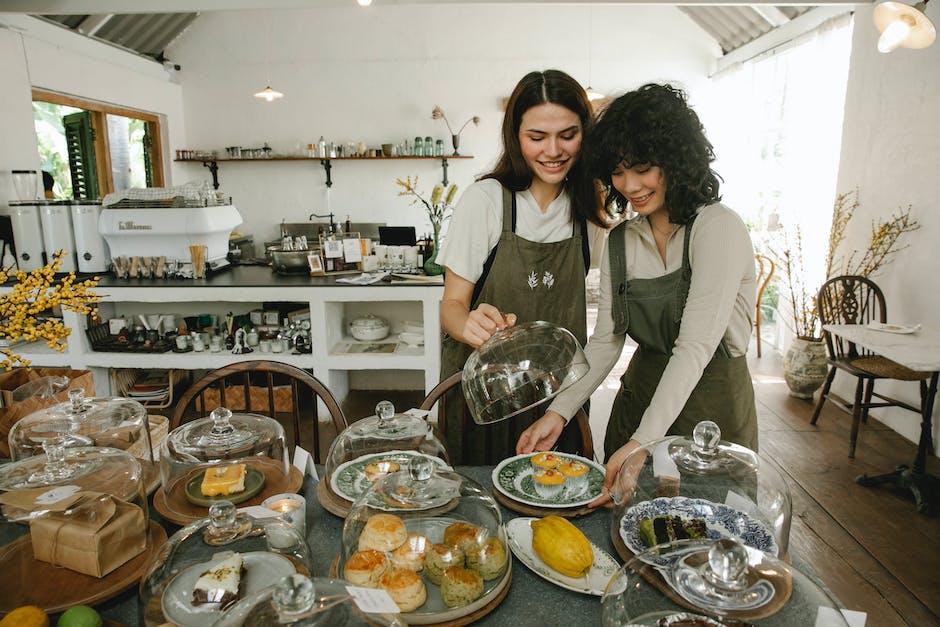
Lure of the Bubble Tea Bars
Bubble Tea bars mushrooming across the globe testify the appeal this drink amassed. In contrasting environments, from cozy corners in North America to tropical sides in Southeast Asia, Bubble Tea bars are taking the world by storm.
These tea shops serve as much more than merely outlets selling bubble tea. They’re spaces where people can relax, socialize, or work while enjoying their bespoke beverage. The lure of these bubble tea bars proves its potent relevance in modern food culture.
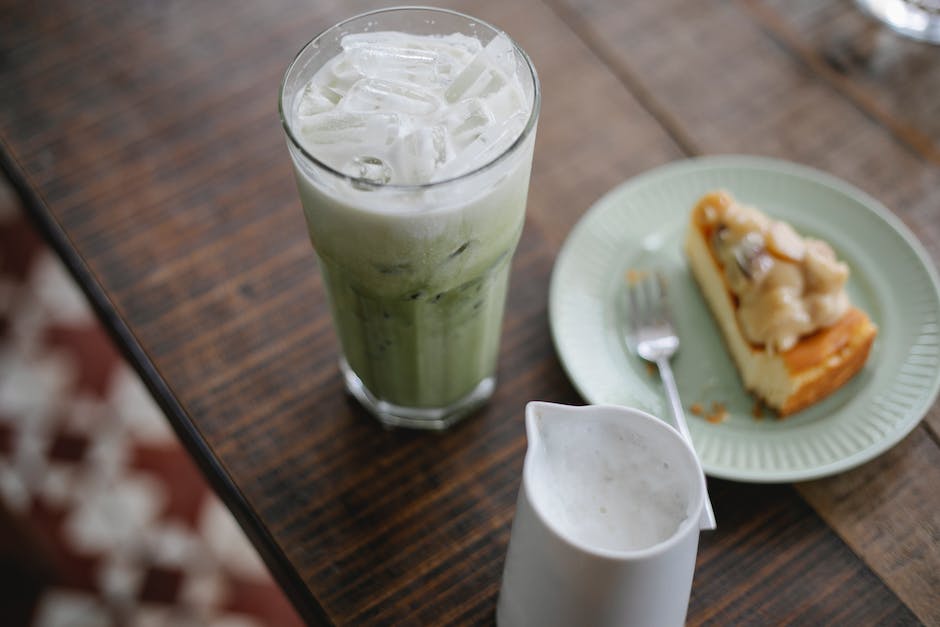
The Future of Bubble Tea
Bubble Tea’s growing popularity suggests that this flavor-packed beverage has a bright future. With more and more people readily embracing the ‘boba culture’, it’s safe to predict that Bubble Tea is not just a passing trend, but a phenomenon here to stay. Amplified by social media and the bubbling word-of-mouth that every cup of Bubble Tea brings, the future of Bubble Tea undoubtedly seems as colorful as its various flavors.

FAQ
Does Bubble Tea originate from Hong Kong?
Yes, the first Bubble Tea was created in Hong Kong and gradually gained popularity around the world.
What ingredients go into making Bubble Tea?
Bubble Tea usually comprises black tea, milk, and tapioca pearls, sweetened with brown sugar syrup. Variations include using green tea, almond milk, and different fruit juices.
What gives Bubble Tea its unique taste?
The unique taste of Bubble Tea comes from the combination of sweet, creamy tea and chewy tapioca pearls soaked in syrup.
Can Bubble Tea be made with green tea?
Yes, green tea is often used as a base for Bubble Tea for a more refreshing taste.
Is there a dairy-free version of Bubble Tea?
Yes, Bubble Tea made with almond milk or other dairy substitutes are available for those with dietary restrictions.
Is Bubble Tea popular outside Hong Kong?
Absolutely, from North America to Southeast Asia, Bubble Tea has gained immense popularity across the globe.
What is Bubble Tea culture?
Bubble tea culture, also known as ‘boba culture’, refers to the social phenomenon surrounding the drink. It’s become an identifier for young drinkers worldwide and plays a significant role in shaping global food trends.
What is Boba Milk Tea?
Boba milk tea is another name for Bubble Tea, referring to the boba or tapioca pearls that distinguish this drink.
What is the significance of fat straws in Bubble Tea?
Fat straws are typically used to drink Bubble Tea because they are large enough to suck up the tapioca pearls along with the liquid.
Is bubble tea trend here to stay?
Given its growing popularity and evolving trends around the globe, it’s safe to say that Bubble Tea is not a fleeting trend but a lasting phenomenon.
